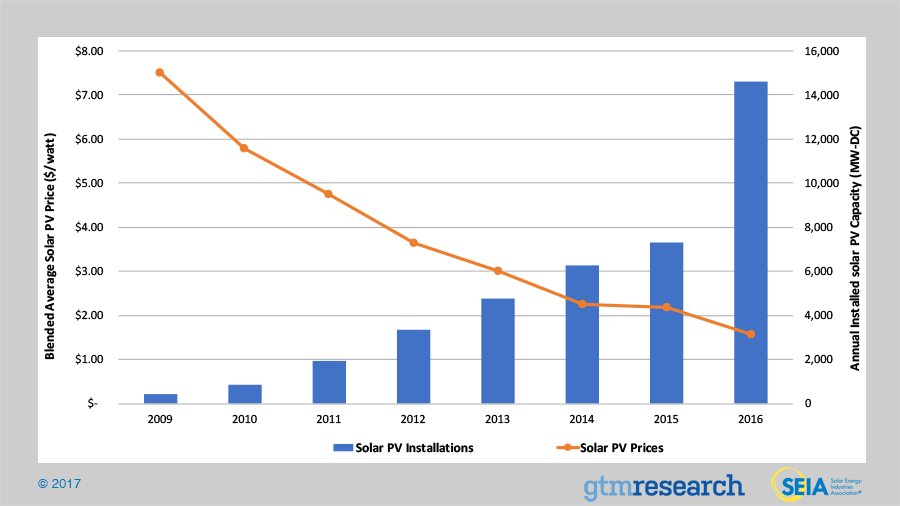I'm now seeing a rumor that Tesla is getting 4.875% on its bond issuance!
Lawrence McDonald on Twitter
This is honestly amazing. That's a super good rate.
------
I already said I expect them to retire the "secured revolving credit facility", the SREC loan facility, and the promissory notes, as well as most of the "vehicle and other loans", and most of the "solar bonds".
The 2018 Term Loan should get a better interest rate upon refinancing; although since its interest rate went up at the last refinancing, Tesla might just drop it and finance that subsidiary from corporate cash. (Probably before selling off the leases underlying it.)
I should note that the Revolving Aggregation Credit Facility had its interest rate lowered in June 2017. It may be lowered again.
If you asssume that this bond will be used to refinance the high-rate debt and that all the convertibles will convert (so they're equity, not debt), Tesla's debt will come out to about $4.8 billion, of which 2.4 billion is non-recourse; and the book value will come out to $9.3 billion (though mind the dilution). Interest payments will be roughly half a billion a year. This is a respectably low debt to equity ratio of 0.52.
Refinancing the 2018 Solar City convertibles with debt wouldn't make much difference (debt $5 billion, book value $9 billion). Refinancing the 2019s with debt would make more of a difference (debt $5.6 billion, book value $8.4 billion), but it would still be a debt to equity ratio of 0.66. Automotive companies generally have a debt/equity ratio higher than 1! (The other convertibles are going to convert, period.)
What this tells me is that Tesla can issue more debt next year.



